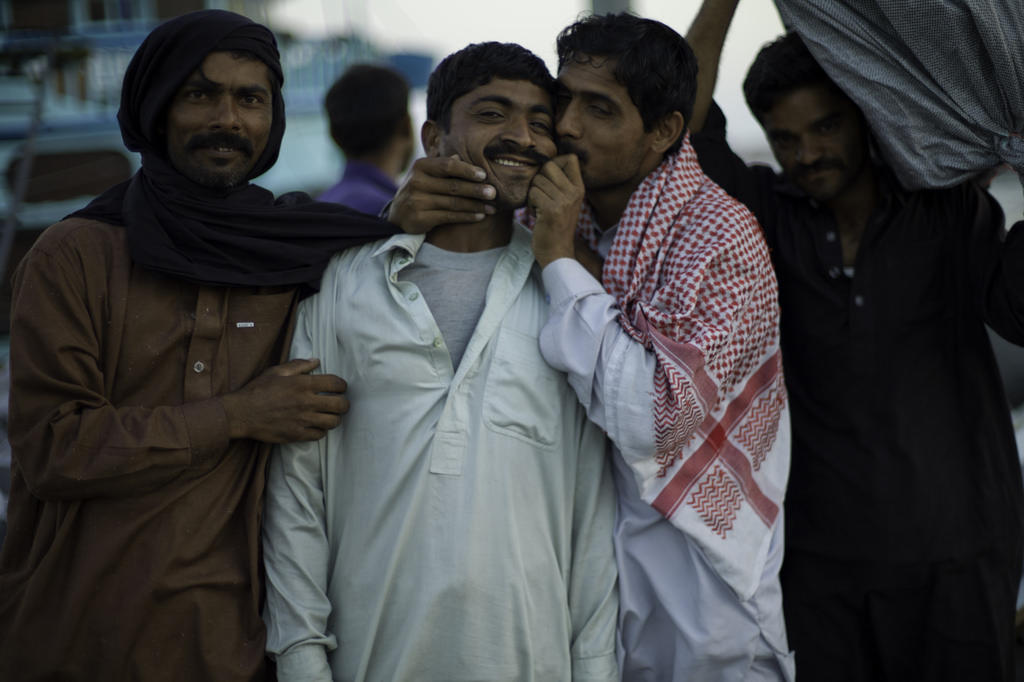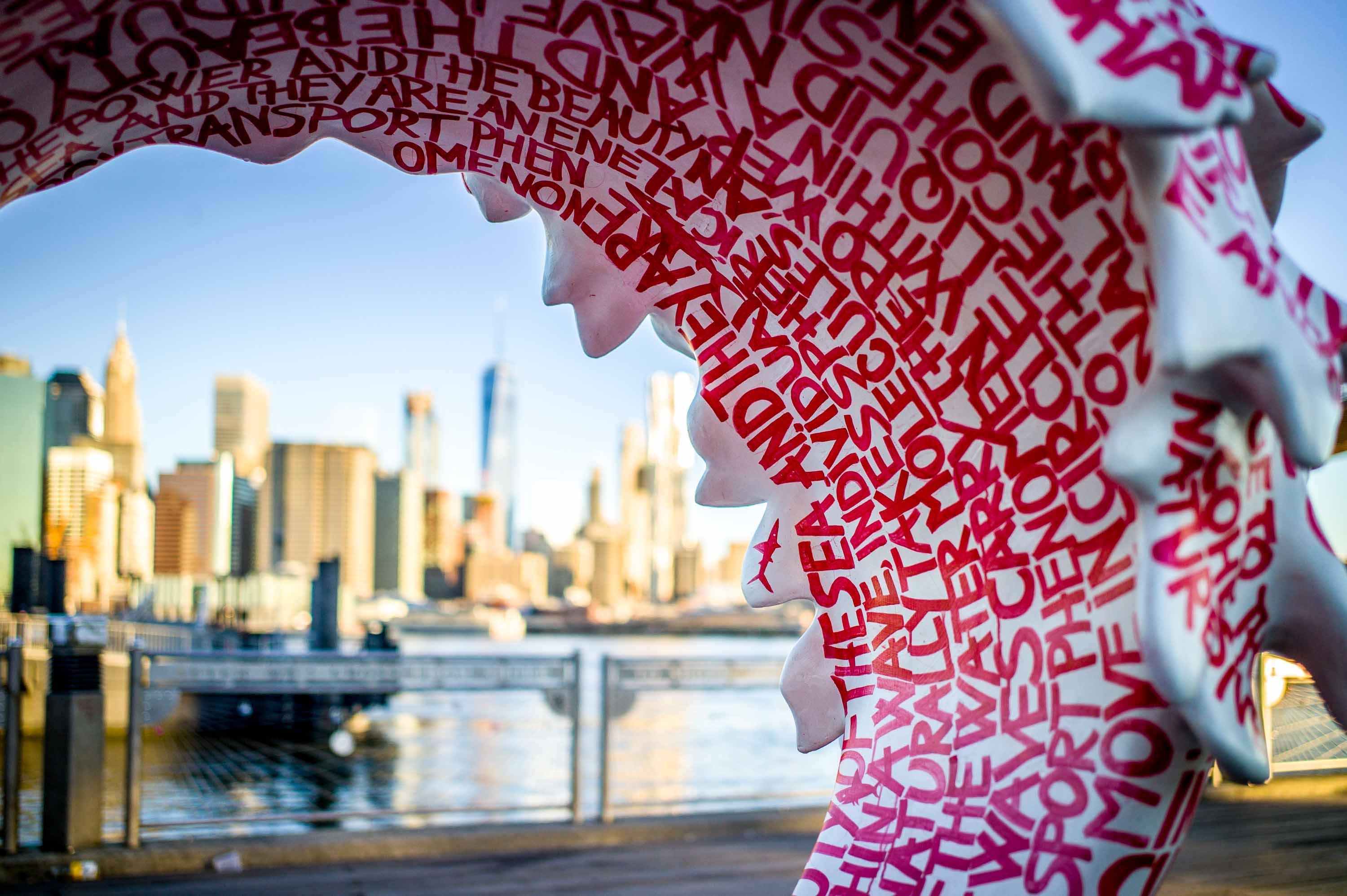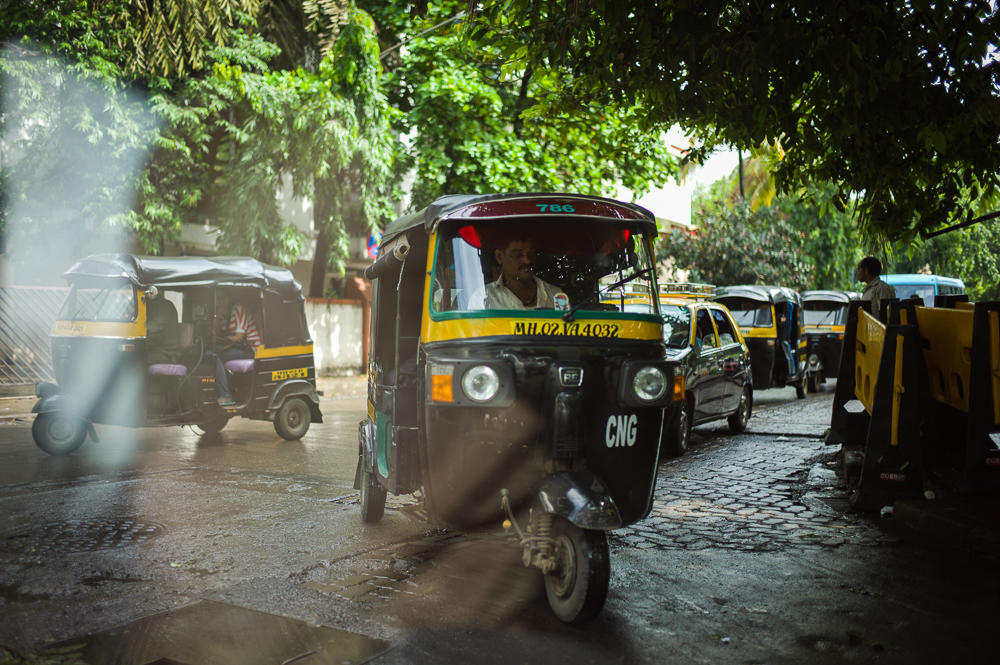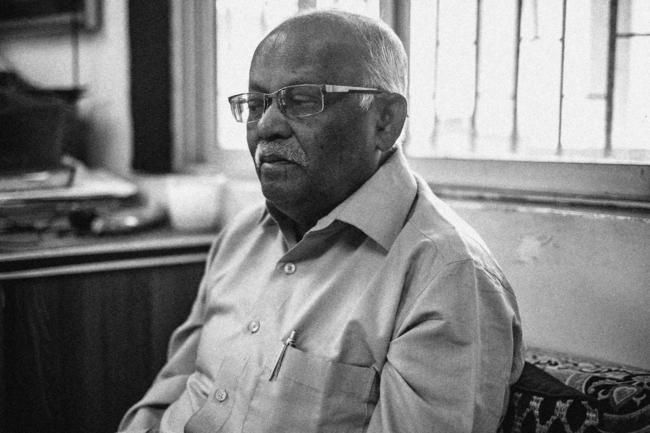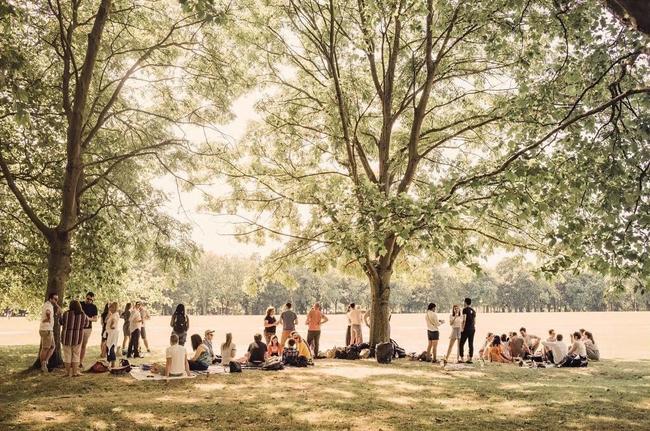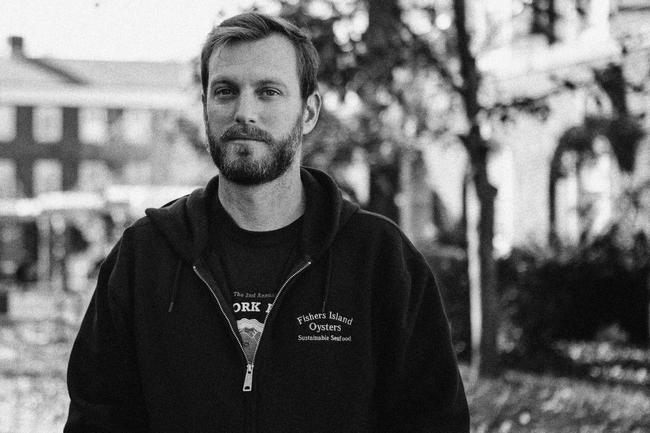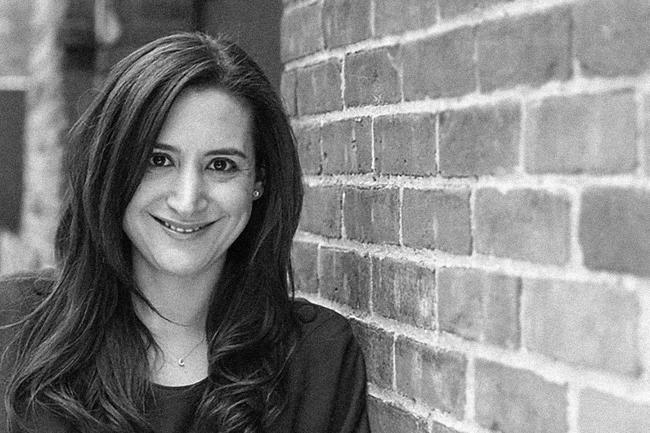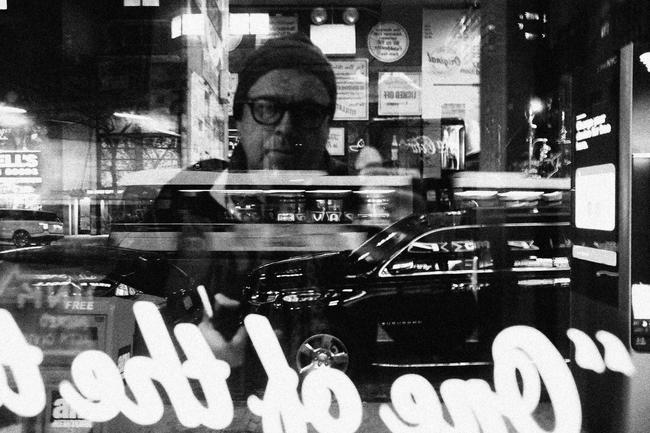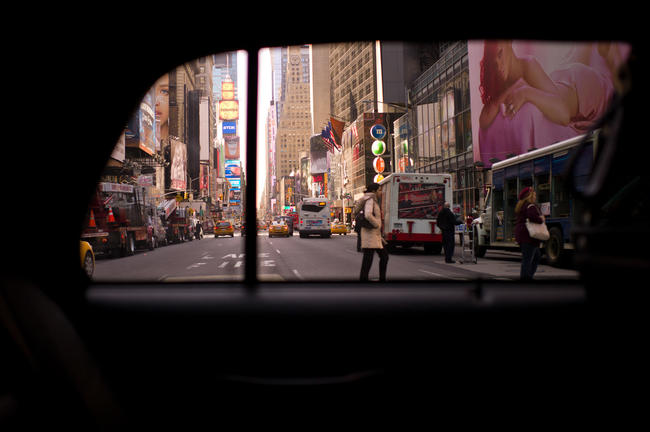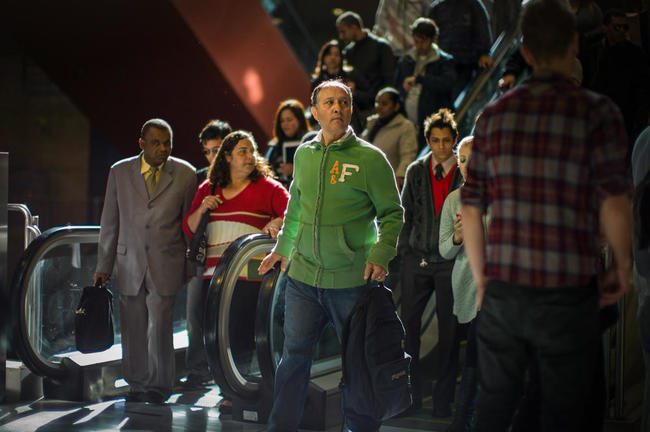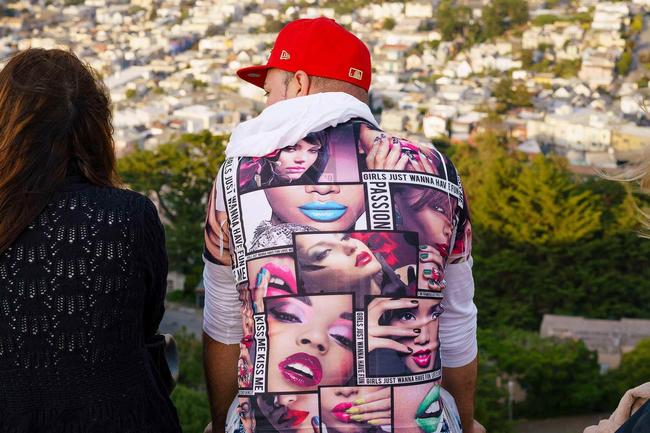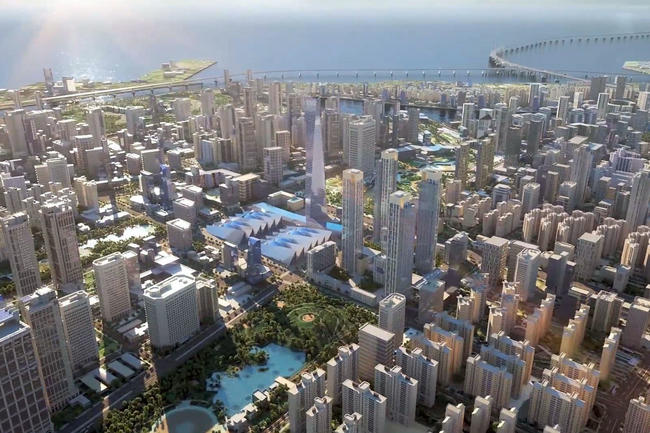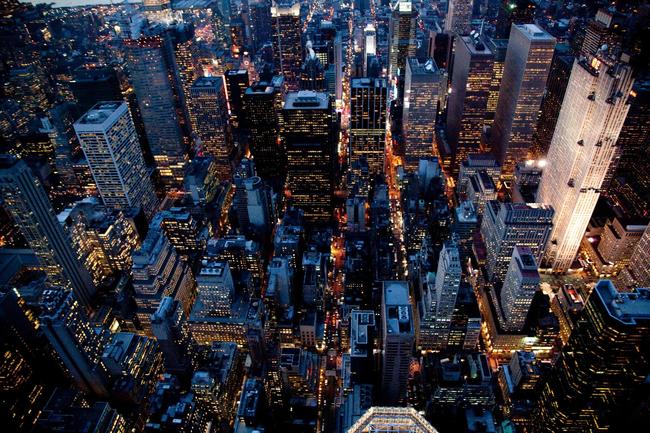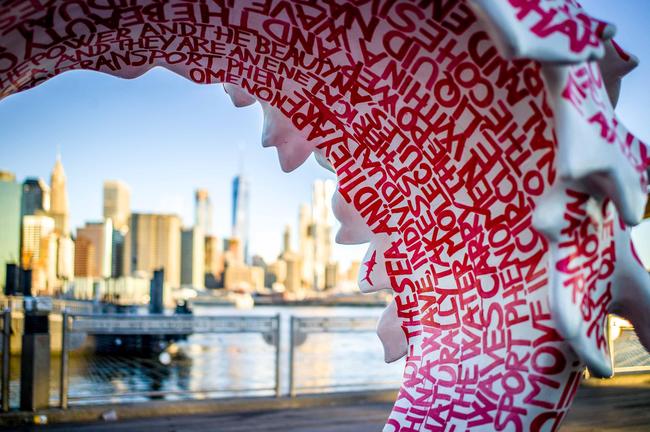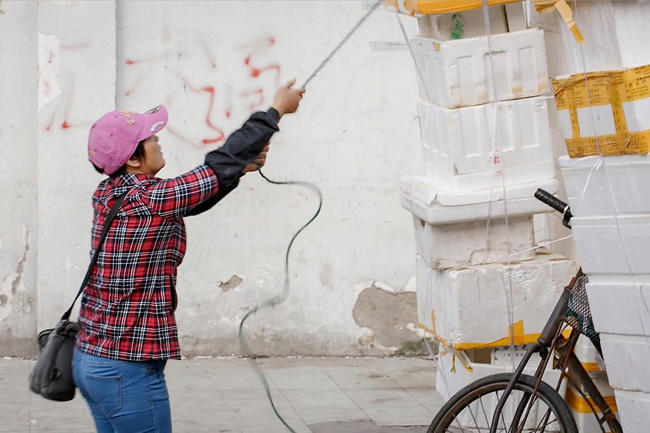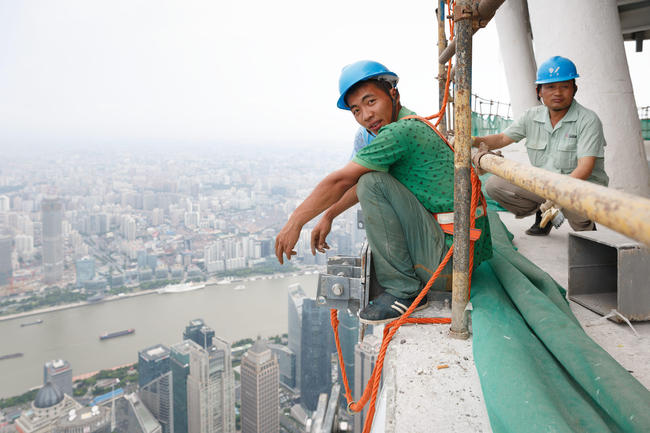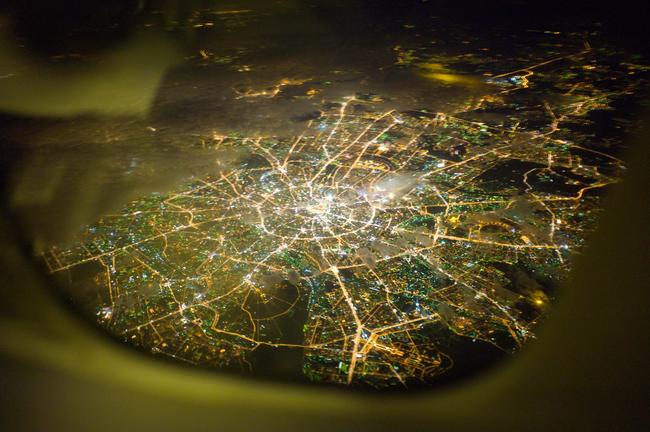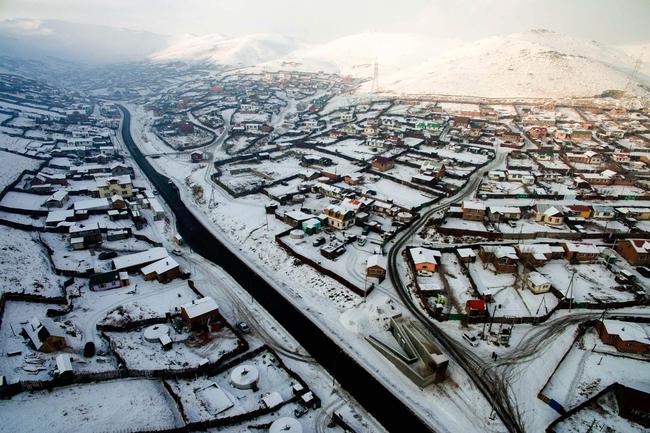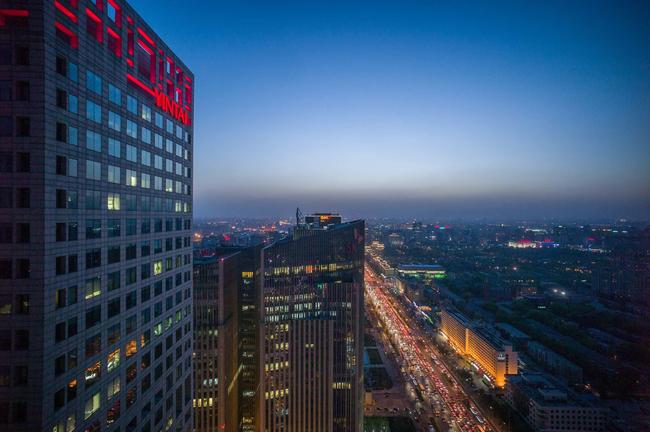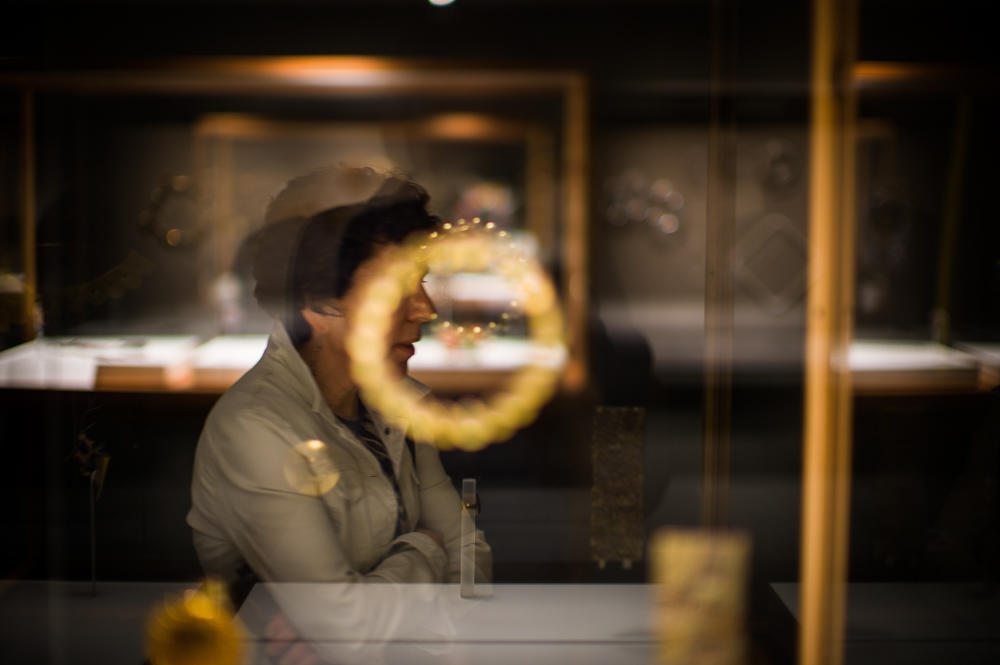
Spotlight series: what sustains our cities globally
Cities are becoming places towards where most human activity is shifting. This growth and change in balance creates challenges but also tremendous opportunities. A lot more responsibility and attention is being focused on these environments.
Mayors and local governments are striving towards making their cities more sustainable, more economically prosperous and worth living in. In infrastructure, firms are working with cities to make them smarter and more liveable. And technologically, the needs on a city constantly change with time and growing populations. Environmental issues are at the top of all cities’ agendas. Quality of life becomes an important competitive advantage, and cities have to provide a clean, green and safe environment for their citizens.
But a clean, smart city that functions well might still be one without a soul; as it is nothing without its people. And it is only through a thriving ecosystem of culture and communities that an urban area becomes worth living in.
With all this in mind, we are kicking off 2018 with an even bigger editorial focus on cities. We have already talked about the important role of communication to urban environments and their communities. And now we’ve picked some very different cities globally, planning to really dig down into many important aspects of city life over the coming weeks and months. What makes them sustainable, stories of their past, their future, and how they’ve grown: these are the things we’re interested in. How do they operate and how they are sustained physically and culturally?
We plan to examine each city and compare and contrast what’s going on in each one. We’ll be talking to local business people, creative professionals and artists, rustling up old-time locals for their unique perspectives, and sharing inspiring case studies from all walks of life.
New York is where we’ll start, with a special focus on DUMBO, in Brooklyn, a place where many exciting things are happening. Mumbai and Copenhagen are other cities on our radar for now.
Overall, this is about the interface between people and their cities: with the infrastructure, technology and environment, and cultural creativity that exists in them all. Some in very discreet corners and others already being shouted about.
We will focus on citizen engagement and again on communication – whether it’s citizens working alongside local governments or business on big infrastructure, to the different ways communities are living and interacting with each other.
We will look at all aspects of sustainability, from the future of mobility in these cities to urban development and architecture. Many modern cities were inherently built or adapted for the needs of cars. So what does this mean for how we, as people, move around them? We want to know what works in each place architecturally and discover exciting ideas for the future of smart urban development.
Environmentally, we will explore how cities can become more self-sustaining in every sense, from urban horticulture right through to how a city sources its energy supply. We want to understand what progression means in different places around the world, for example in developing countries where cities are often built to grow, versus ones that aren’t. And we will look at sustainability versus short term profit in these places, and the mammoth balance between the two.
We also want to look at how the the cultural essence of a city, from arts through to sport, creates its true soul. We all know people thrive and connect through culture and creativity. So we will hear from those connected to art, design, film and music, and think about how creativity connects individuals from all walks of life. And we will be finding out what sport can do for people, focusing on some of the inspiring community spaces that promote it. Without this cultural dimension, can a city can be truly sustainable?
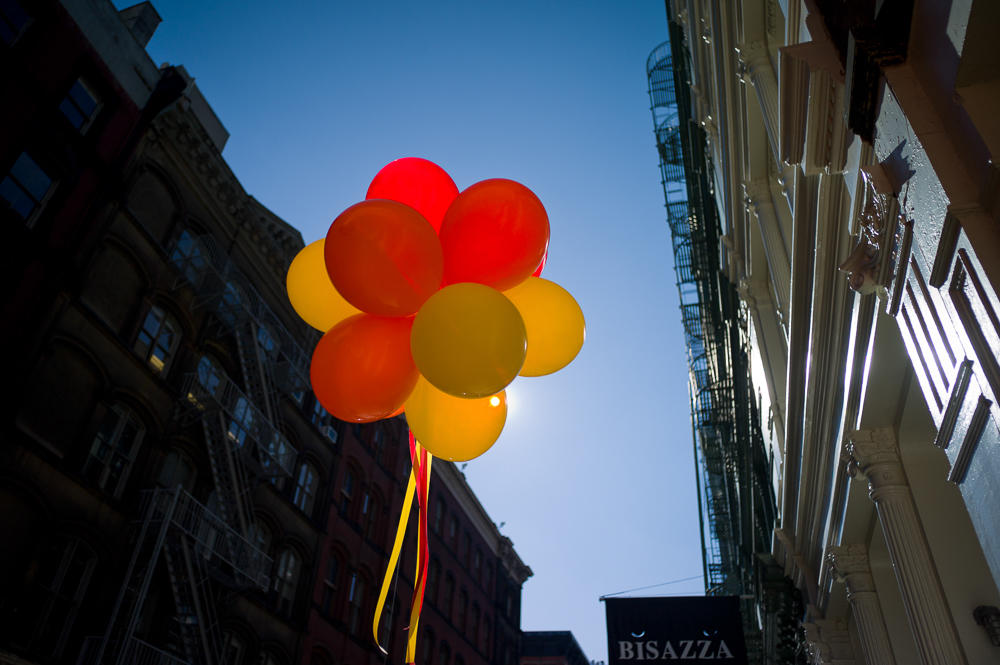
Cities will keep giving, providing us humans with more and more opportunities and prospects. We believe it is only through the ongoing support and growth of creativity that the true essence of communities continues to sustain and thrive and make cities relevant in the long term. Thanks to art and culture, urban areas can be not just liveable, but truly worth living in, worth building a life in, worth investing in for the long term. Cultured cities are those that will continue to inspire generations and will earn a place in the history books.

